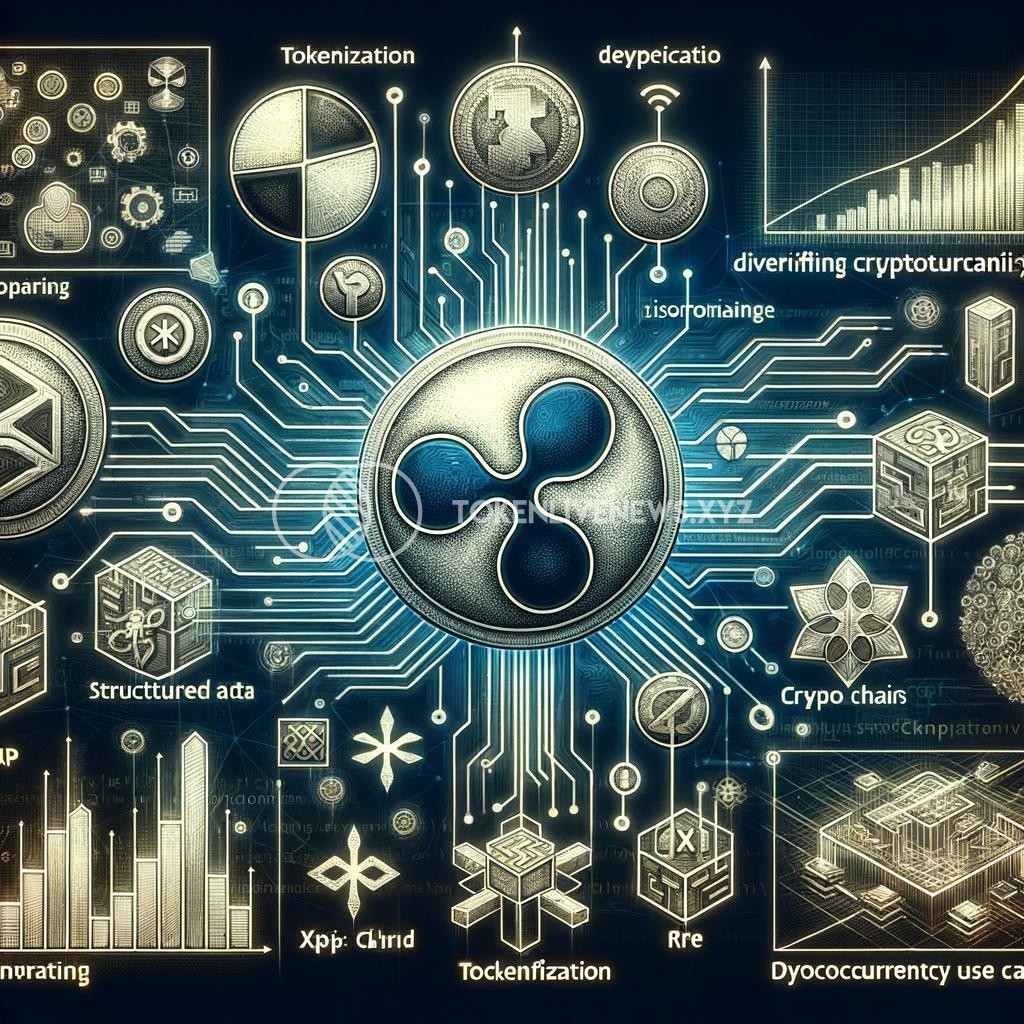XRP and Tokenization: Diversifying Cryptocurrency Use Cases
In the rapidly evolving world of cryptocurrencies, XRP has emerged as a frontrunner, revolutionizing the way we envision digital payments and remittances. However, its potential goes far beyond being a mere cryptocurrency. XRP has paved the way for another groundbreaking development known as tokenization, expanding the horizons of use cases in the crypto space.
Tokenization, simply put, is the process of representing real-world assets digitally through the creation of tokens on a blockchain network. These tokens can represent a wide range of assets, including physical assets such as real estate, commodities, or even intangible assets like copyrights or intellectual property. By tokenizing assets, they become easily tradable, divisible, and transferable on blockchain platforms like XRP Ledger.
One of the key advantages of tokenization is its ability to unlock liquidity and fractional ownership. Traditionally, investing in real estate or high-value assets required substantial capital, making it challenging for smaller investors to participate. However, with tokenization, these assets can be divided into fractional tokens, enabling investors with even modest means to gain exposure to previously inaccessible markets.
Moreover, tokenization facilitates seamless transaction settlements by eliminating intermediaries and reducing paperwork. By smartly incorporating XRP as the bridge currency, tokenization enables near-instant cross-border transactions with lower costs compared to traditional banking methods. This functionality is a game-changer for remittances, where immigrants can now send money back home without having to rely on expensive and time-consuming intermediaries.
Another use case of XRP and tokenization lies in the realm of security tokens. These tokens represent ownership in a company, offering investors access to the potential profits and benefits associated with owning traditional securities such as stocks or bonds. By leveraging XRP’s speed, scalability, and efficiency, security tokens can be traded swiftly and securely, with the potential to revolutionize the way we perceive and participate in financial markets.
Furthermore, XRP’s unique consensus algorithm, known as the XRP Ledger, provides an excellent foundation for tokenization projects. The scalability, energy efficiency, and low transaction fees offered by XRP Ledger make it an attractive choice for entrepreneurs, developers, and businesses looking to tokenize their assets and launch innovative projects.
Ethical concerns surrounding tokenization must also be taken into consideration. As with any transformative technology, regulations and compliance frameworks need to be continually developed and revised to ensure the legitimacy and transparency of tokenized assets. By working closely with regulatory bodies, XRP and other cryptocurrencies can establish themselves as reliable and trustworthy components of the global financial ecosystem.
In conclusion, XRP has emerged not only as a leading cryptocurrency but also as a catalyst for diversifying the use cases of cryptocurrencies through tokenization. By enabling the representation of real-world assets on blockchain platforms, XRP paves the way for greater liquidity, accessible investments, faster transactions, and innovative financial instruments. As the cryptocurrency space continues to evolve, XRP and tokenization hold immense promise for shaping a more inclusive and efficient future of finance.







